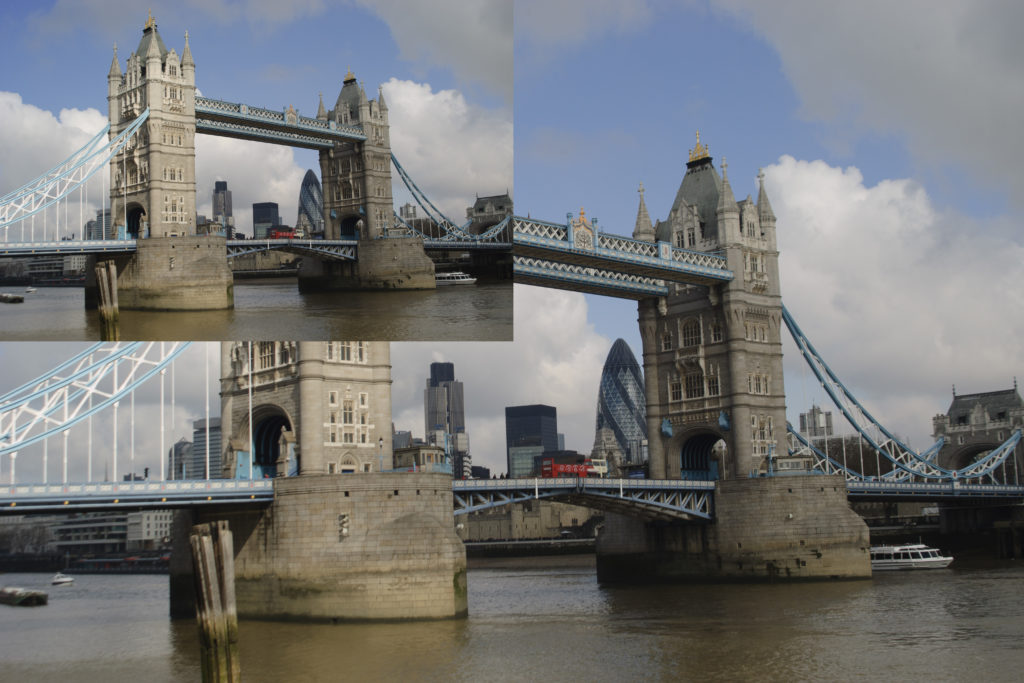Don't worry, there's no more ‘figuring out' to do.
Photoshop can seem like a pretty overwhelming bit of software to the novice, its many options and sliders and menus make you go “arrgh!” and rush for the nearest cold shower.
If you are into photography or in the field of design, you may be familiar with one of Adobe’s uber-famous software, Adobe Photoshop.
Photoshop lets you work non-destructively, which means, you do not work on the background layer (the original image), but rather add layers and adjustment layers for the different changes that you make while processing.
To get around Photoshop, you need to be familiar with the workspace; the tool box, menu and the palettes which will greatly enhance your working experience in Photoshop.

Image from Pixabay by picjumbo_com
Let's get into some tips then….
Photographers – Follow this Basic Workflow
- Straighten the image using the ruler tool that is found in the tool box.
- Crop out unwanted elements from the frame to get a pleasing and compelling composition using the crop tool in the tool box.
- Use the Spot healing tool to remove unwanted specks and spots from images.
In portraits – helps to remove spots and blemishes
In landscapes – helps to remove specks due to dust or dirt in the sensor.
- The red-eye removal tool that comes within the above group is used to remove red eyes in portraits.
- Saturation and vibrance tools are found in the adjustments panel.
Vibrance tool increases the intensity of the more muted colours and leaves the normally saturated colours as they are.
The saturation tool increases the intensity of all the colours in your image, be it muted ones or normally saturated ones.
- Shadows and Highlights are used to make adjustments to the dark and brighter regions of the image.
- Sharpen tool can be used to bring in more details to the images, helping them look sharper. Make use of the sharpen filter.
- Vignette tool can be used to draw viewer’s attention to a certain part of the image without them getting distracted. Filter Menu -> Lens Correction -> Choose “Custom” tab -> and you find the vignette and many other tools here.
Hope you found these Photoshop tips helpful – check out the Fundamental Editing Skills book and see how you can crank your photography up a notch!




